Eversolo Setup Tips & Tricks
Explore our complete setup guide for Eversolo DMP-A6, DMP-A6 Master Edition,and DMP-A8 to get up & running fast! Here, we’ll walk you through our exclusive tips & tricks for for a quick & easy set up.
...At Audio Advice, we love to learn about new headphones, headsets, in-ear headphones, and earbuds. With new headphones coming to market all the time, we spend countless hours curating the best sounding headphones for your individualized preferences.
After all of this testing, we’ve realized there is no “one size fits all” in the world of headphones. In order to enjoy optimal music experiences, you may wind up with multiple pairs of different types depending on your listening environment.
We'll walk you through everything we've learned...so far.
Do you remember learning about how animals are classified in elementary school science class? The seven groups, or taxons, include kingdom, phylum, class, order, family, genus, and species. With billions of different types of living organisms, this system provides a simple way to categorize animals. We’d like to take a similar approach to breaking down different types of headphones.
Here are the groupings we’ll use:
Consider The Ergonomics
With music, everything we do is enhanced. Whether we are relaxing in our homes, enjoying music while work, or going for a light jog in the evening — all these activities are more satisfying when music is playing, cheering us on. But, not all headphones are created equal. Some will fit your needs better than others. In this section, we'll provide a quick rundown of common ergonomic scenarios and the headphone styles best suited for each.
Why are ergonomic scenarios important? Because you are unique. A headphone's ergonomic scenario is the situation or application where a headphone's use is optimized for the greatest performance and the best sonic results. Similar to shoes, you don't wear the same pair for a formal dinner party as you would on an intense run.
The ergonomic scenarios in our lives are unique too. A headphone's ability to fit in with those scenarios determines how "flexible" the headphone is outside of its intended use. Some headphones have more "ergonomic flexibility," and some thrive best in their intended habitat. Just like music transitions from verse to chorus, your ergonomic scenario changes with the ebb and flow of daily life. This is why you can never have too many headphones.
For example, open-back headphones offer the best musical experience at home, but this style will not translate on-the-go or around other people as well as a great sounding closed-back headphone.
Our guide to open-back vs closed-back will tell you all the benefits for each style.
Choosing the right style is critical to your comfort. The right fit can complement your lifestyle in a variety of ways and even enhance your performance. For example, wireless headsets or in-ear headphones are the best for working out. On the other hand, noise-cancelling headphones and headsets will help you focus and relax, so you can be at your best.
Of course, we wouldn't be Audio Advice if we told you to bring that open-back headphone to the gym! So, leave that full-sized style at home, and pack an amazing portable style instead. Whether it's running on the treadmill with a great pair of in-ears, or tossing a fun set of on-ear headphones into your bag, here's what you need to look out for when selecting your next over-ear headset, earphone, or IEM.
Ear Coupling Design
Just as Kingdom is the first and broadest grouping of animals, the ear coupling design of a headphone is probably the best place to start. This is essentially the primary style or design of the headphones.
Without knowing anything else about a headphone, you should be able to determine where a pair will fit simply by looking at it or quickly trying it on. You’ll find that each type is suited to different listening environments.

This type of headphone is designed to fit just inside your ear opening or in the ear canal. Most in-ear models come with several sizes of foam and/or silicone cups so you can select the one that best fits your ear canal. In-ear headphones will mostly isolate you from all outside noises, allowing you to tune out the rest of the world.
Their snug fit makes them perfect for enjoying music in active situations where your movements might throw other types right off your head. Their small size makes them the most portable type of headphones. They are ideal for travel, all types of indoor and outdoor exercise, stealth listening, or any other situation where you want isolation from the outside world.
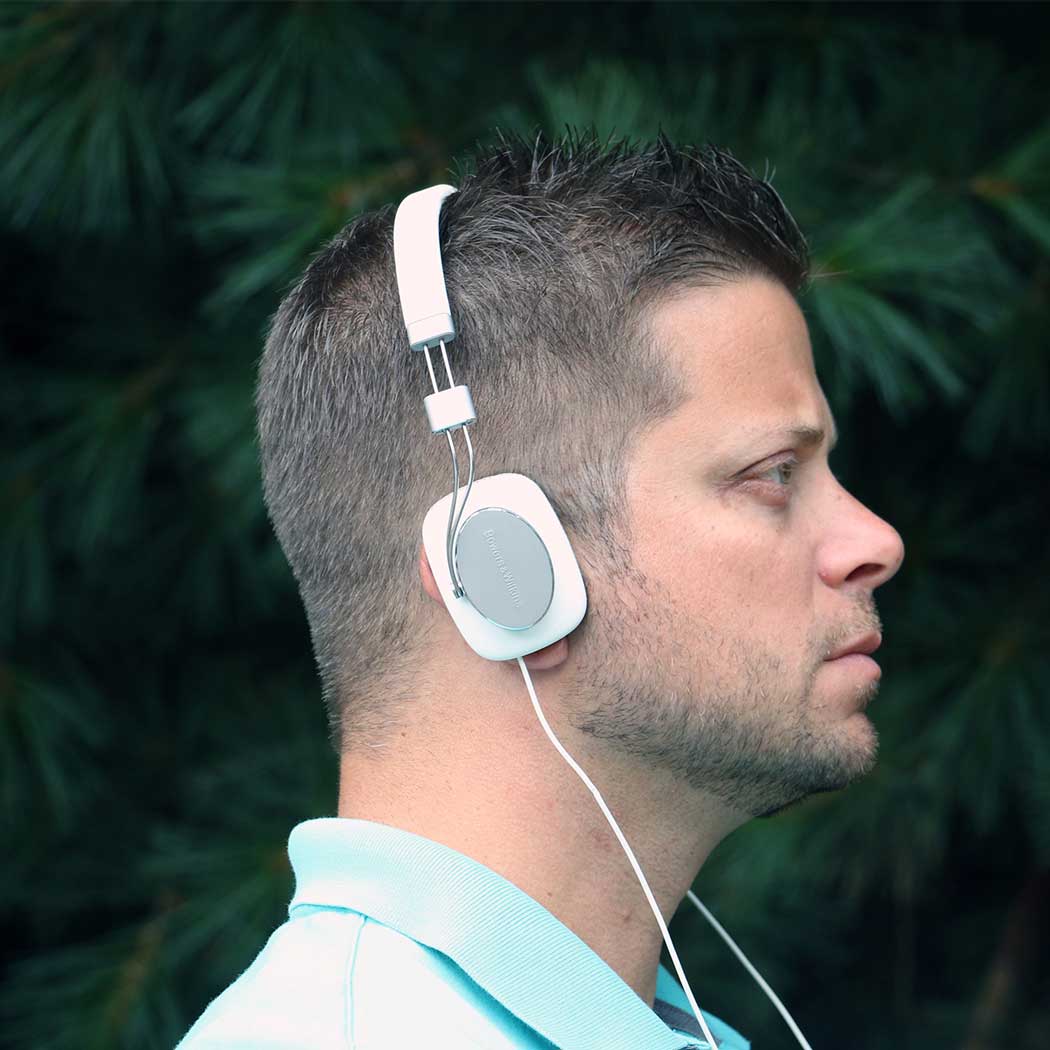
With this style of headphones, the ear cups sit directly on top of your ears. While they vary in size, most are smaller than their bigger brother, over-ear headphones. Many models in this category also fold up, making them travel-friendly.
Most on-ear styles offer decent isolation from external sounds and they are the perfect size to be easily pulled down around your neck if you need to talk. On-ear headphones are ideal for environments like commuting and air travel since they are less bulky than their over-ear counterparts, striking the perfect balance between great listening and a fashion statement.
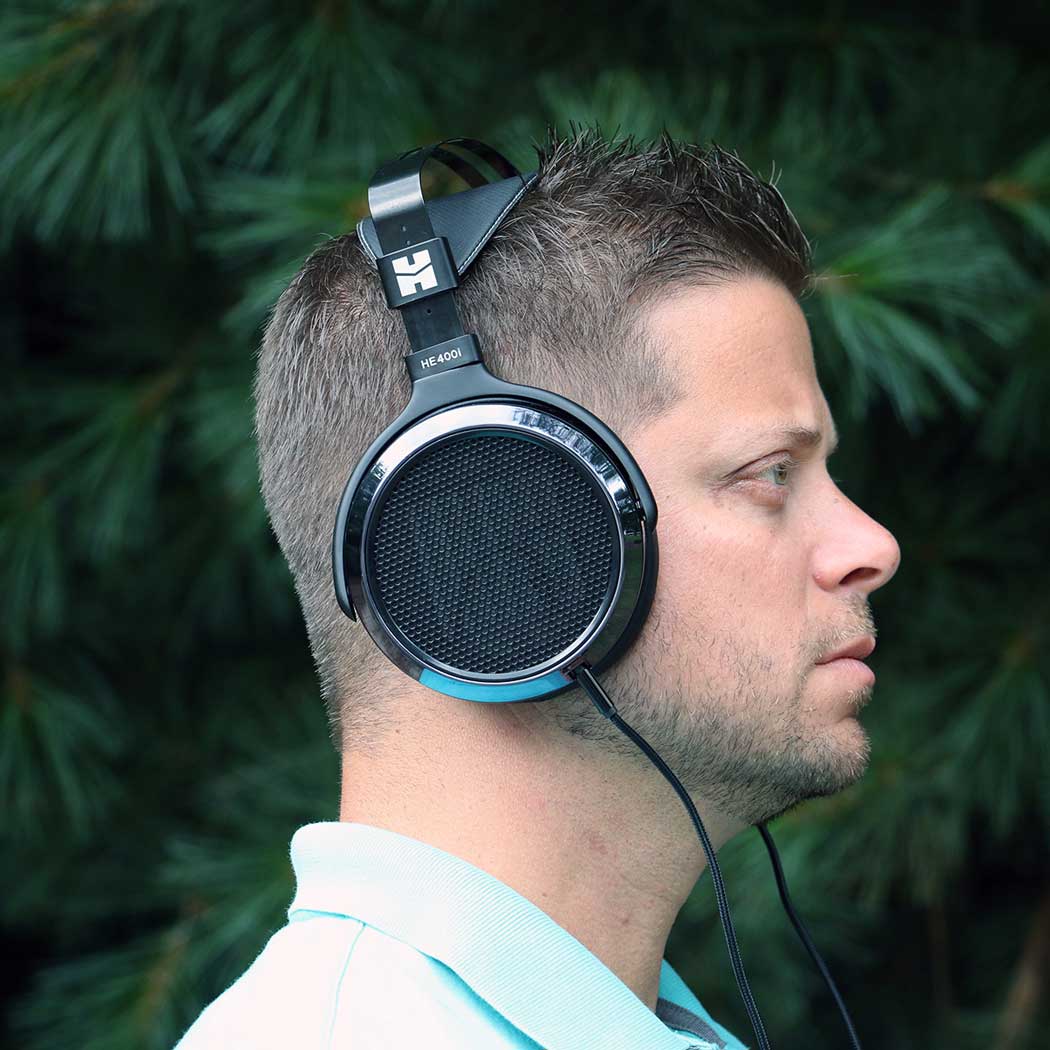
Over-ear headphones completely cover your ear. They often have a very comfortable fit and the earcups and headband are usually well-padded.
While not the most portable due to their larger size, many over-ear models have larger and more refined transducers, which can transport you to the ultimate listening experience. We love this type of headphone for stationary listening at home or on a long flight.
As we go deeper into classifying headphones, the next dividing line is called operating principle.
All headphones fall into one of two categories: open-back or closed-back. This refers specifically to the design of the earcups. Every headphone is going to have one or more drivers that create the sound. The designer has a choice of sealing off the backside (closed-back) or leaving it open for the driver to interact with the room (open-back). There are pros and cons to each, but the headphone enthusiasts here at Audio Advice put their money on open-back to deliver the very best sound. However, since not all listening situations suite themselves to this design, there is certainly a time and place for closed-back headphones.
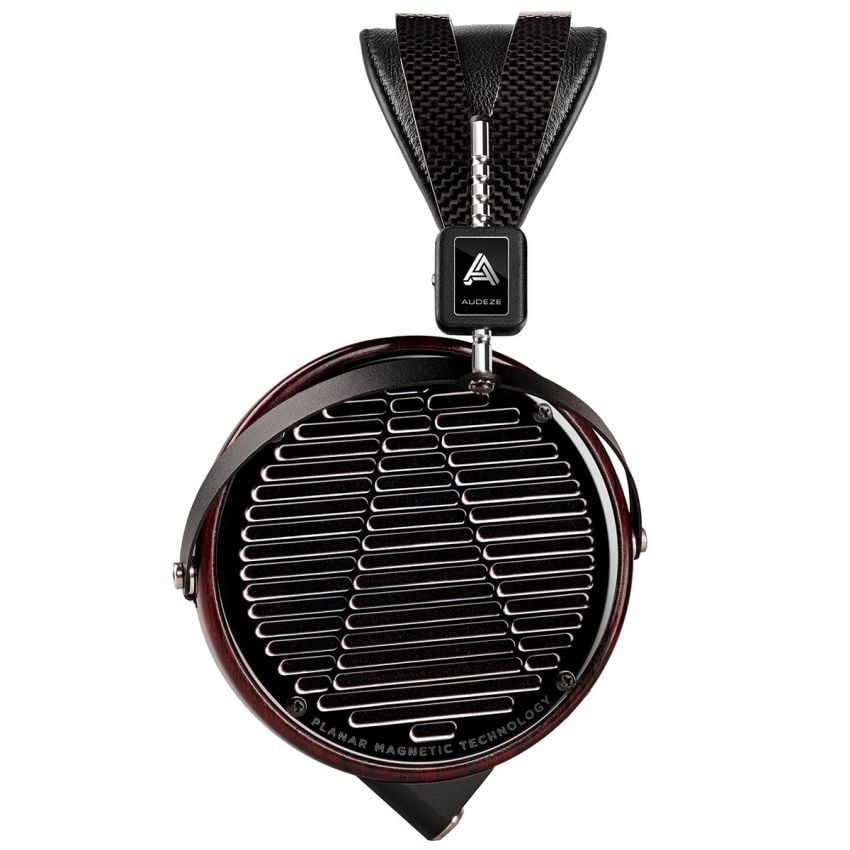
They also give you a different presentation of the music. Rather than the sound streaming straight into your ears, you’ll get more of the sense that it’s coming from the room. For most listeners this experience is more realistic and sounds closer to live music.
Also, the soundstage presented seems more complex and effortless with open-back headphones. Soundstage is how big the music sounds from left to right and front to back. To get an idea of what this means, close your eyes and draw an imaginary line from front to back and left to right. With open-back, those lines will be wider and deeper.
The con of open-back is the fact you will be able to hear external sounds, which can taint your music enjoyment in loud environments. A nice open-back set may sound fantastic at home in a quiet room, but not so great in a commuter environment, as the external noises will interfere with your music. However, since open-back headphones are open to the outside world, you can simply mute the volume and carry on a conversation without having to remove them.
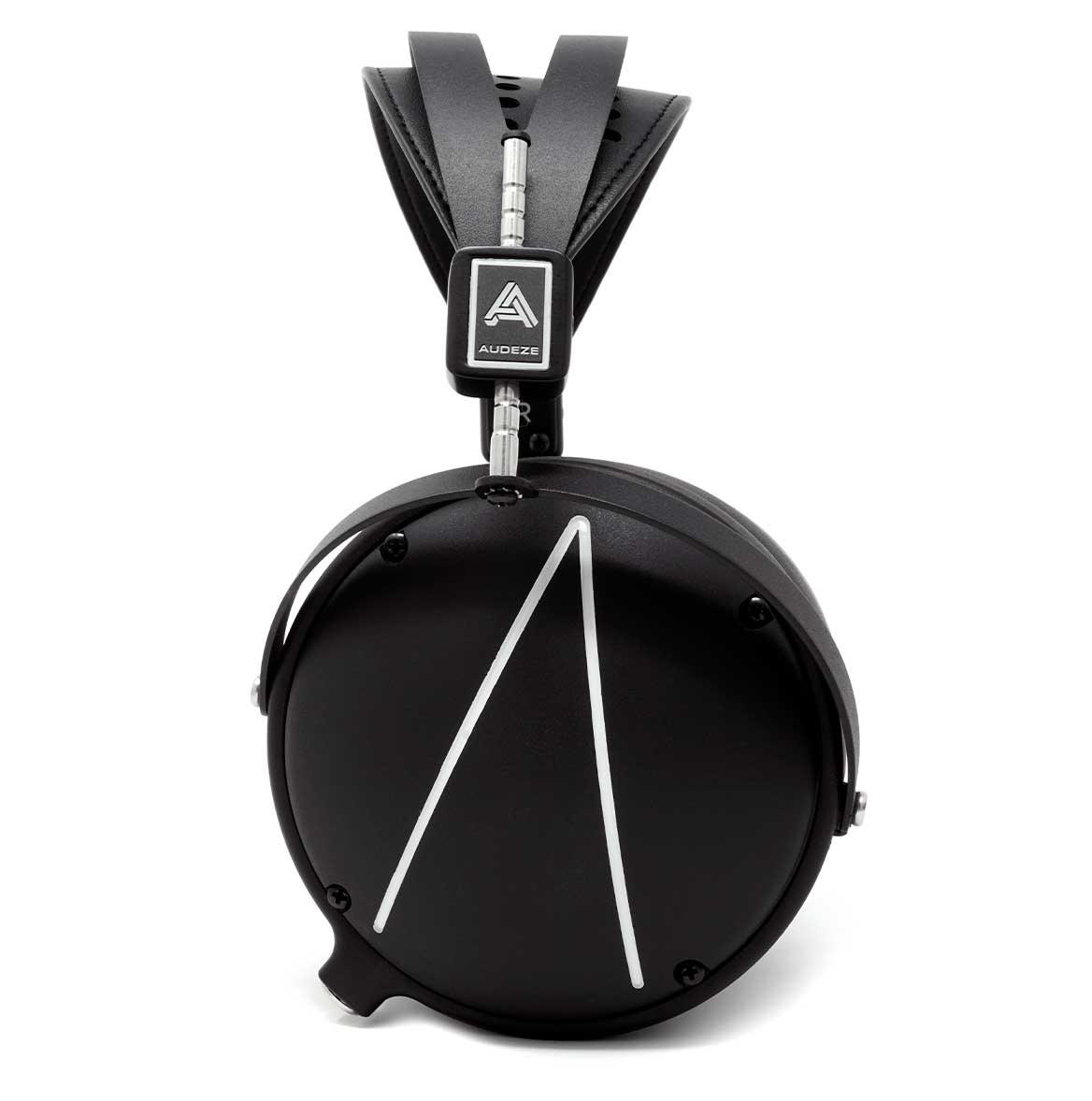
Closed-back headphones, especially the over-ear type, have the ability to completely seal you off from the outside world. This is a big benefit if you are in an office, library, or other normally quiet environment. In these environments, open-back may get you some side glances from people nearby, but with closed-back you can rock out and keep peace in a busy office. You also won’t be disturbed by background noises and conversations.
One con of closed-back headphones is that they have a smaller soundstage than most open-back models. The headphone sound also has a tendency to take on more of the character of the enclosure, so you will pick up any resonances caused by the closed-back. Many designs of closed-back use anti-resonant materials and some other interesting methods to reduce resonance. The feeling created by wearing a good pair of over-ear, closed-back headphones is one of very nice isolation. When you need to buckle down, block out the world, and focus on a project deadline, closed-back is the way to go.
The next means of classification of headphones is based on the technical way that they produce sound.
There are three basic types of headphone drivers: dynamic, balanced armature, and planar. Planar has subcategories but all are similar in operating concept, so we won’t spend time unpacking them.
You’ll find dynamic drivers in all of the three main types of headphones. If you have ever looked at a speaker, you have seen a dynamic driver. In a typical headphone, electrical signals arrive at the dynamic driver all around its circumference causing it to move in and out to create the sound you hear. The dynamic drivers in most headphones are fairly small in diameter. One driver will typically cover the entire frequency range. Dynamic drivers are known for their outstanding bass response and warm sound.
Balanced armature is only found in in-ear headphones. These were originally developed for voice applications in the 1920s and are quite popular in hearing aids due to their small size. This design puts a small arm inside a coil of wire surrounded by magnets. Another arm is placed at a 90-degree angle and is centered in a tiny diaphragm. This allows manufacturers to design their drivers to cover a specific frequency range well, however, the overall range is somewhat limited. A single in-ear headphone can have as many as eight different drivers, creating a sound that is very clear and detailed.
Planar-type drivers are normally only found in open-back, over-ear designs. Planars have some subcategories but all of them share one thing in common: a relatively large, ultra-thin driver that does not come in contact with anything that moves. Planar speakers have been a choice of music enthusiasts for over 50 years, and the same holds true in the headphone world. The driver in a planar headphone weighs almost nothing and is extremely fast in response. The downside is that it can be somewhat hard to drive, creating the need for a headphone amp. However, a nice pair of headphones with planar-type drivers provides an incredible soundstage with amazing detail.
Electrostatic drivers work by applying a static electric charge onto an ultra-thin film, which causes it to “float” freely between two perforated metal plates where opposing forces then act on the film. These forces “cling” and “repel” the film, causing the entire diaphragm to move all by itself.
Similar to planar drivers, electrostatic systems use an ultra-thin film that doesn’t make contact with anything that moves. One area where these differ from planar drivers is in how thin. The film in an electrostatic headphone is so thin it weighs less than the air around it, and has nothing to resonate. It’s called "static" because the electric charge on the film doesn’t move. With nothing to resonate with and no energy to store, this technology provides the most accurate transient responses available with virtually no distortion.
The downside with these is they require special high-voltage power supplies. This usually means they’ll need an amplifier that plugs into the wall. They can also be some of the most expensive headphones on the market. The upside is they lack distortion and they provide the best possible sound from headphones money can buy.
The final classification of headphone types is determined by how they connect to the audio source. Do they need a cord or can you transmit the signal wirelessly?
Wireless headphones, especially the in-ear variety, give you great freedom of movement as there is no cord to restrict you. Most wireless headphones use Bluetooth for transmission. Bluetooth compresses the audio spectrum, which means you will not get CD-quality sound. However, a new Bluetooth tech called aptX uses a new compression scheme to get you closer to CD quality. While the quality is not as good as a wired connection, it is better than standard Bluetooth. The battery life is a limitation, but there are certain situations where wireless headphones make a lot of sense, such as private TV listening.
Our guide reveals the best wireless headphones on the market.
Most headphones use a cable to connect to your music. Some of the more high-performance headphones use a balanced cable. This means that there are two separate cables: one going to the right side and another to the left. Many of the high-performance headphone amps and portable high-resolution music players provide a balanced connection system for optimal audio quality.
While weight, dimensions, cord length, and Bluetooth range are fairly easy to understand, there are two important and more complex headphone specs you may want to go over before purchasing a new pair of headphones: impedance and sensitivity.
Fully explaining impedance would require a two-hour, 300 level class. But for now, just imagine it like a water valve with the water being the sound coming out of the amp and the valve being your headphones. An impedance of zero would be if the valve was completely open offering no resistance to the sound coming through.
Most headphones will be under 50 ohms impedance. Since many people use headphones with portable devices and these types of devices can only deliver 3-5 volts, a lower impedance headphone can be easily driven to loud levels with a unit. Our experts agree that higher impedance headphones sound better in most cases, offering more defined bass, cleaner sound, and a wider soundstage.
We encourage you not to get hung up on impedance and think a 200-ohm is better than a 100-ohm. In reality, anything much above 50 will not play very loud and will sound compressed on a portable device. This has brought about a whole aftermarket for small headphone amps to couple with your portable device, which allow stellar high-impedance headphones to do their job while on the go.
Sensitivity is a measure of how efficiently the headphone can convert electrical energy into sound. You will find ranges of around 80 to as high as 125. If you see a number in the low 80s and an impedance near 50, this headphone may not get to decent volume levels on a portable device. Conversely, plugging a high-sensitivity model into a powerful separate headphone amp has a risk of damaging both your ears and the headphones as it will play incredibly loud. When shopping for headphones, just keep in mind that not all manufacturers reveal the sensitivity spec.
As you continue to research, you’ll discover that there are a lot of features available among today's headphones. This brief overview should help you decide which are the most important for your listening habits.

Noise-canceling headphones work by listening to the sounds of the outside world with tiny microphones and feeding them back in reverse (out of phase) to your headphones. It’s like adding +1 and -1: the result is zero.
Learn all about the different kinds of noise-cancelling headphones how they work with our guide.
The amount of reduction on quality noise-canceling headphones is astonishing, especially on a plane where you can hear the engine noise or subway where you can hear the wheels rumble on the tracks. Loud office environments are another useful place for noise-canceling headphones. If you often find yourself in these types of environments, noise-cancelling headphones can protect your hearing by eliminating the need to crank up the volume to overcome outside noise.
Noise-canceling headphones do require a lot of power, so plan on having spare batteries or a charging cable. Some use small batteries while others allow you to recharge from your laptop. Most noise-canceling headphones also have a passive mode that will let you continue to listen should your batteries die, just without the noise-canceling feature.
Note that most in-ear headphones do a solid job of blocking out external noise on their own, reducing it by as much as 25-30 db. This makes them another good option if you don’t want to go the noise-cancelling route. If you find yourself constantly turning up the volume to block out external noise, however, consider a good pair of noise-canceling headphones.
Our guide narrows down the best headphones for working remotely.
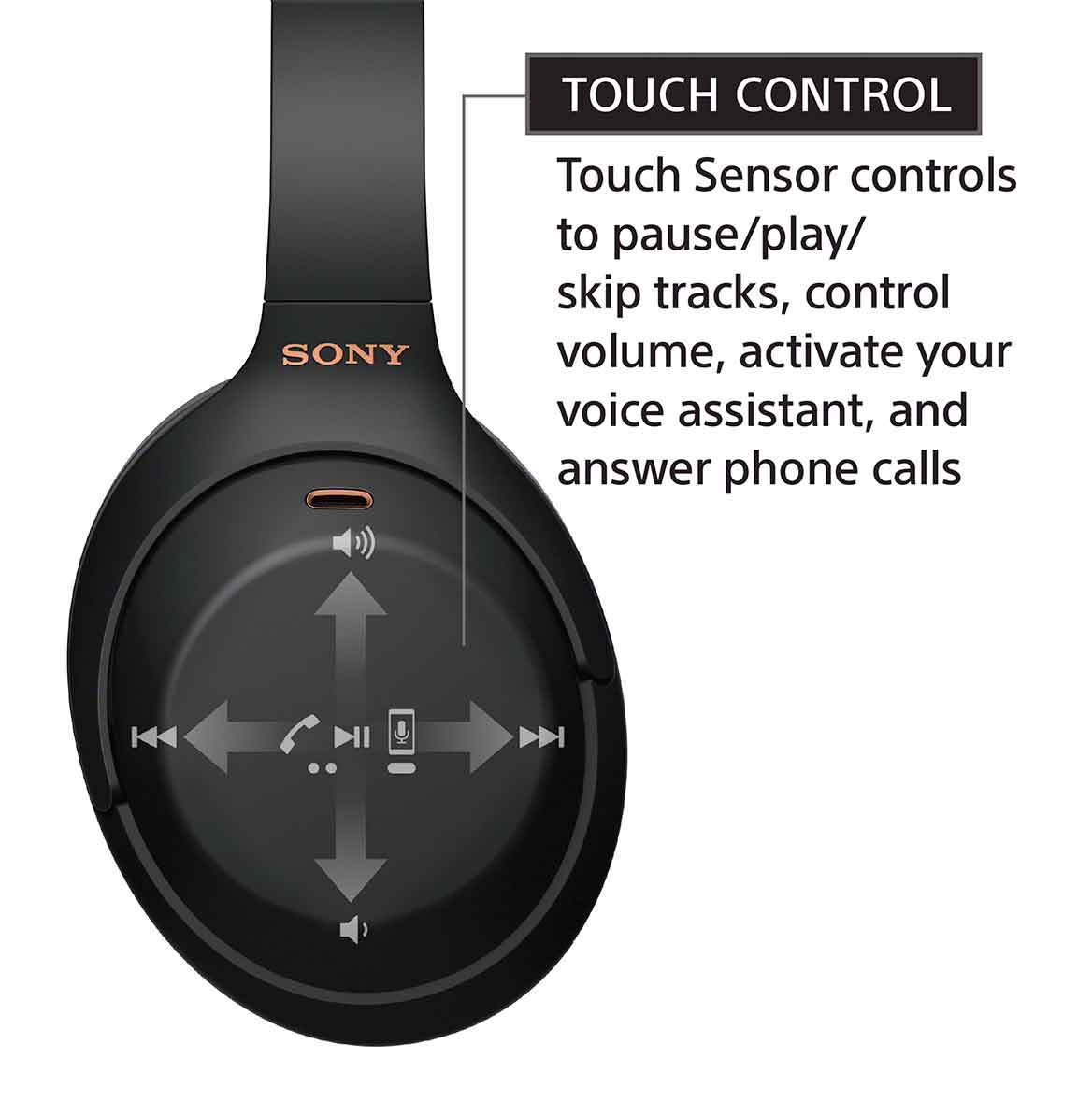
Most noise-canceling and wireless headphones have a volume control on the headphone itself. This allows you to conveniently adjust the volume on the headphone, rather than on the device you are using to play music.
Many headphones come with a cord containing a set of small buttons to control the volume on your device. You can typically raise, lower, and mute the volume, as well as change tracks. These are normally device-type specific, so make sure the headphones you buy can support iOS, Android, or whichever mobile operating system your device uses.
Similar to the built-in device volume control, some headphones come with a microphone that allows you to take calls using your headphones. This can be a great feature in a noisy area.
Some headphones have a balance control, which allows you to adjust the left to right balance of the headphone. While this feature is not noteworthy for most, it can be a huge help for those with hearing issues.


This applies to on-ear and over-ear. You will find different ways the headphones expand to perfectly fit your head. Some will move with your head, some will have each cup on a moveable slider, while others move in little clicks. We have found them all to work well, but the ones utilizing the click method tend to stay in place the best.

Some headphones feature a detachable cord and connections on either side. This gives you the ability to choose which earpiece you connect to. This may come in handy on airplanes based on the seat you are in or when you are in a hotel and have your player on one side of the bed while listening.
Lightning is a proprietary connector developed by Apple. With the introduction of the iPhone 7, Apple has decided to do away with the standard 3.5mm headphone jack in favor of a lightning port. Only time will tell whether this will catch on, but some headphone manufacturers are already starting to offer it as an option.
Relatively new, this type of cord does exactly what the name implies: stays tangle free and will not twist into a pile of knots. If you use your headphones for travel and pack and unpack them frequently, a tangle free cord is a great feature.

Many of the headphones that use foam earpads have had replaceable ear pads for years. An emerging trend is the ability to replace leather or microsuede ear pads. At Audio Advice, we appreciate this environmentally-conscious option. Why throw away a pair of headphones just because the ear pads have become worn or stained?
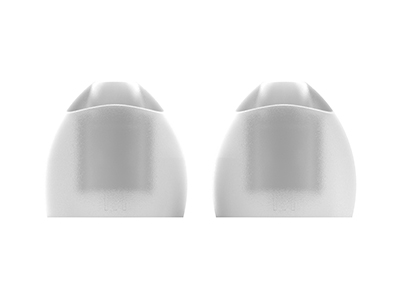



Comply is a new material used by some models of in-ear headphones. They fit better, sound better, and totally isolate you, so they don’t leak bass and provide a richer sound. They’re just more comfortable.
In our comparison charts, we’ll include any headphones in this category our experts consider travel friendly. To meet this requirement they will need to be small or able to fold up and will ideally come with some sort of lightweight travel case.

As you can see, there is no “one size fits all” for headphones. Just like one pair of shoes is not going to cover all your style needs, one pair of headphones is certainly not going to cover all of your music needs. If you are like the music lovers at Audio Advice, you’ll want a pair of in-ear for going mobile, working out, or enjoying the outdoors; a second pair of over-ear or on-ear closed-back for travel and the office; and a great pair of open-backs for enjoying your favorite music at home.
We hope you have fun on your headphone purchasing journey. While enjoying your music, please remember to refrain from cranking up the volume too loud for extended periods, as you want to continue to be able to enjoy your music for many years to come.
If you’re ready to select your next set of headphones, we encourage you to take advantage of our carefully curated headphone selection to narrow down your search. Overwhelmed by all of the options presented in our buyer’s guide? We’ve done all of the legwork for you in order to provide you with your perfect fit. Happy listening!
If you have any other questions, please feel free to send us a message or chat with us.
Explore our complete setup guide for Eversolo DMP-A6, DMP-A6 Master Edition,and DMP-A8 to get up & running fast! Here, we’ll walk you through our exclusive tips & tricks for for a quick & easy set up.
...While some audio companies have been around for decades and have set the standard for many of the great audio devices we know and love today, the Eversolo brand is relatively new to the game and is already playing in the big leagues. The Eversolo DMP-A6, DMP-A6 Master Edition, and DMP-A8 the three streamer/DAC/preamp units that we reviewed &...
Explore our complete setup guide for NAD Masters M66 to get up & running fast! Here, we’ll walk you through our exclusive tips & tricks for for a quick & easy set up.
...As an audio enthusiast, it’s an exciting time for music lovers, with a plethora of options available to enjoy high-quality audio. In this article, we’ll explore the features and capabilities of both Bluesound and Sonos, helping you make an informed decision based on your specific needs and preferences.
...Wireless headphones have a whole host of features making them simple to use, seamless to connect, and extremely satisfying to listen to. In this guide, we’ll walk you through the top features to shop for, a list of our favorites, and why we selected them.
...Our initial thoughts on the brand new Bowers & Wilkins P Series Headphones which include three new models: the PX7, PX7 Carbon Edition, PX5 and PI 3.
...Do you listen to music critically, picking out all the details, or do you prefer getting lost in all the sounds? There’s no right or wrong way to listen to music — it’s all about having fun! So, if you are a die-hard bass head or a detail junkie, this has the best headphones under $500 for any listening style.
...As with most things that can offer greater performance than the competition, going through a few steps first will help you get the most out of your new headphones. This short guide is meant to get you up and running with your Sony WH-1000XM5, quickly.
...As someone who works remotely, you spend hours a day in front of a computer. Work is easier and more satisfying when music is playing — cheering us on. Music motivates. By improving our ability to focus on solutions, music truly inspires us to work more efficiently — through the most challenging problems. With music, the work we complete is ...
Whether your activities and lifestyle require active noise-canceling headphones, a high-quality built-in mic with great sound, or great battery life, Audio Advice is proud to present the best wireless headphones for taking calls on-the-go, working out, traveling, or enjoying music at home.
...